Lantana Plant
- October 24, 2023
- 0 comment
Lantana, a vibrant and ornamental plant, is cherished for its dazzling clusters of small, tubular flowers that form in a profusion of colors. Native to tropical regions in the Americas, this hardy perennial shrub is a favorite among gardeners worldwide.
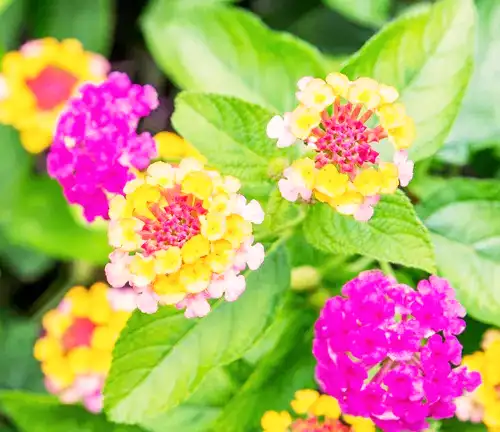

Lantana’s distinctive feature lies in its evergreen foliage and the remarkable color-changing quality of its blooms. As the flower clusters age, they transition through a captivating array of hues, making it a captivating addition to any garden. Its low maintenance nature and resistance to drought and heat further enhance its appeal.
However, it’s essential to note that some lantana varieties can be toxic if ingested, so cautious planting is advised, especially in households with pets or small children. Despite this, the lantana plant remains a popular choice for those seeking a burst of color and a touch of the tropics in their outdoor spaces.
| Characteristics | Description |
| Scientific Name | Lantana spp. |
| Family | Verbenaceae |
| Common Names | Lantana, Shrub Verbena |
| Native Range | Tropical regions of the Americas |
| Plant Type | Perennial shrub |
| Foliage | Evergreen, opposite leaves |
| Flower Type | Clusters of small, tubular flowers |
| Flower Colors | Varied colors, including red, orange, yellow, and pink |
| Blooming Season | Spring to fall |
| Growth Habit | Upright, mounding |
| Mature Height | Typically 2-5 feet (60-150 cm) |
| Sunlight Requirements | Full sun to partial shade |
| Soil Type | Well-drained soil |
| Watering Needs | Drought-tolerant once established |
| Maintenance | Low maintenance; regular deadheading to encourage blooming |
| Toxicity | Some varieties can be toxic if ingested, handle with care |
| Attracts | Butterflies and hummingbirds |
| Special Features | Color-changing flowers, heat resistance |
| Uses | Ornamental gardens, containers, borders, and butterfly gardens |
Botanical Beauty of Lantana Plant
The lantana plant, scientifically known as Lantana spp., is a botanical gem that graces gardens around the world with its vibrant charm. This hardy perennial shrub, belonging to the Verbenaceae family, boasts a dazzling array of small, tubular flowers. What makes lantana truly exceptional is its evergreen foliage and the remarkable ability of its blossoms to change colors as they mature. With a native range in the tropical regions of the Americas, this plant has found a special place in the hearts of garden enthusiasts for its ability to transform outdoor spaces into a riot of colors.

Woodland Elegance
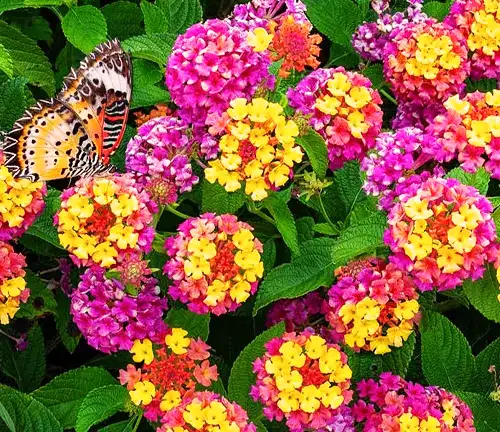
Lantana’s elegance is not confined to gardens alone. In the wild, it can be found enhancing the beauty of woodlands and natural landscapes. Its lush, green foliage serves as a backdrop for the colorful clusters of flowers, which shift through shades of red, orange, yellow, and pink as they age. This woodland allure draws the attention of both humans and wildlife, making it a versatile and captivating addition to various environments.
Ecological Importance
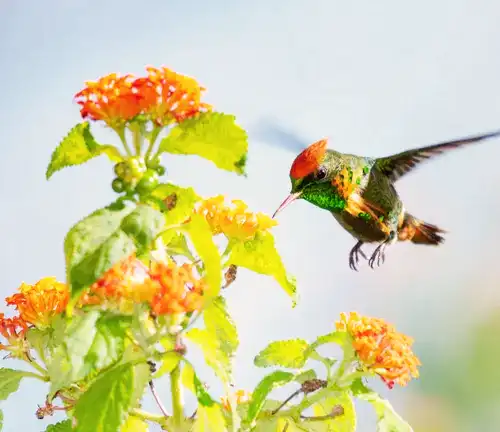
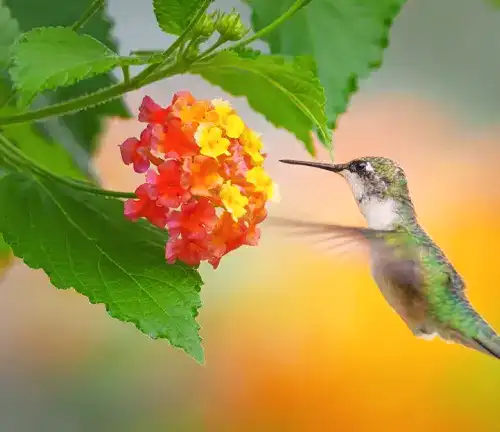
Beyond its aesthetic appeal, lantana plays a vital ecological role. Its profusion of blooms attracts pollinators like butterflies and hummingbirds, contributing to the pollination of other plants. This function makes it an essential part of the ecosystem, ensuring the survival and proliferation of various species. Lantana’s contribution to the environment is a reminder of the interconnectedness of all living beings.
Cultivation and Conservation
Cultivating lantana is a joy for gardeners, as it is a low-maintenance plant. With a preference for full sun and well-drained soil, it can thrive even in less-than-ideal conditions. However, it’s important to note that some lantana varieties can be invasive and potentially harmful to native flora. Thus, responsible planting and management are crucial to protect local ecosystems. Conservation efforts are underway to address these concerns and promote the cultivation of non-invasive lantana species.
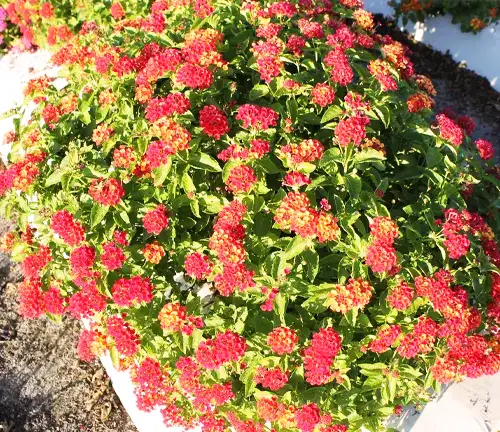
Fragrance
One of lantana’s delightful surprises is its fragrance. The flowers emit a pleasant, citrus-like scent, creating a fragrant atmosphere in gardens. This aromatic quality further enhances its desirability, making it not only a visual delight but also a treat for the olfactory senses.
Soil Stabilization

Lantana isn’t just a pretty face; it also serves practical purposes. Its extensive root system helps prevent soil erosion, making it an effective choice for stabilizing soil in areas prone to erosion. This characteristic makes it an ideal plant for landscaping and restoration projects.
Common Uses
Lantana’s versatility ensures that it has a wide range of applications. It is commonly used in ornamental gardens, adding a burst of color to borders and flower beds. Its compact growth habit also makes it a favorite for container gardening. Additionally, lantana’s attractiveness to butterflies and hummingbirds has led to its use in butterfly gardens, creating a haven for these delightful pollinators.
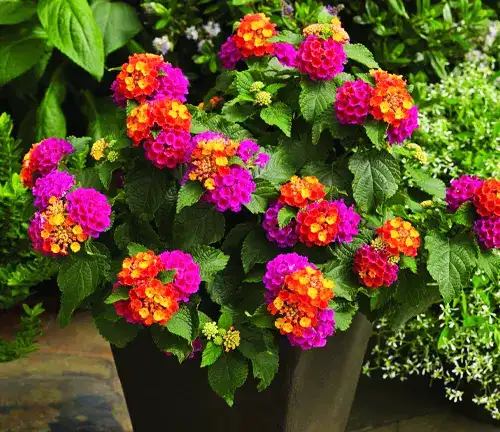
Benefits
Aside from its ornamental appeal, lantana offers a host of benefits. Its resistance to drought and heat, once established, means less watering and maintenance. It can withstand a variety of weather conditions, making it an excellent choice for landscapes that experience fluctuations in climate. Lantana’s colorful flowers and alluring scent also provide a sense of tranquility and joy to outdoor spaces, making it a beloved addition to gardens around the world.
Different Species
Lantana camara
This is the most well-known and widely cultivated species. It features a variety of colors, including shades of red, orange, yellow, and pink.

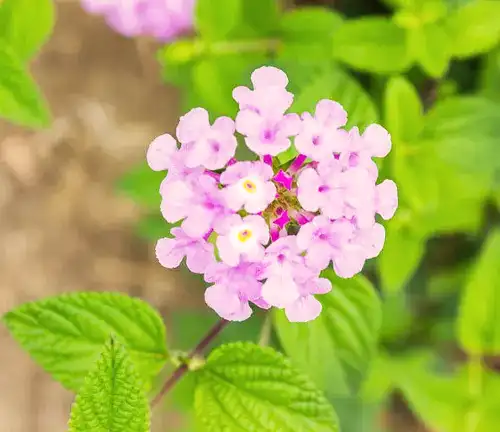
Lantana montevidensis
Also known as trailing lantana, this species has a low, spreading growth habit and is often used as a ground cover. It typically produces lavender or purple flowers.
Lantana depressa
Native to the southeastern United States, it’s a low-growing species with yellow to orange flowers.
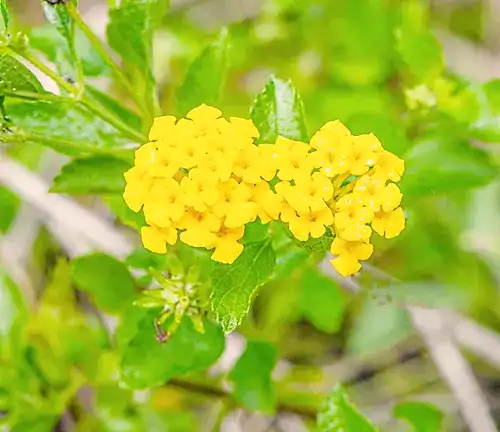
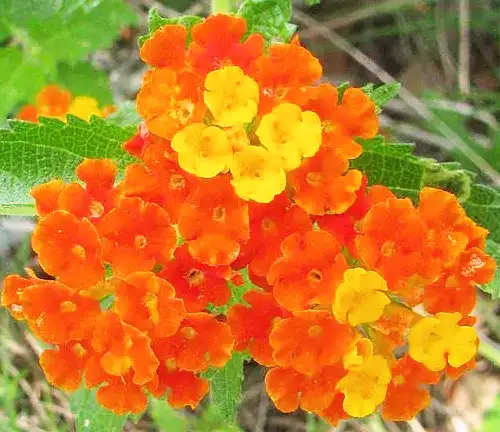
Lantana urticoides
This species, also known as West Indian shrubverbena, is native to the southern United States and Mexico. It produces clusters of small, bright yellow flowers.
Lantana sellowiana
Native to South America, it is recognized for its small, tubular yellow flowers.
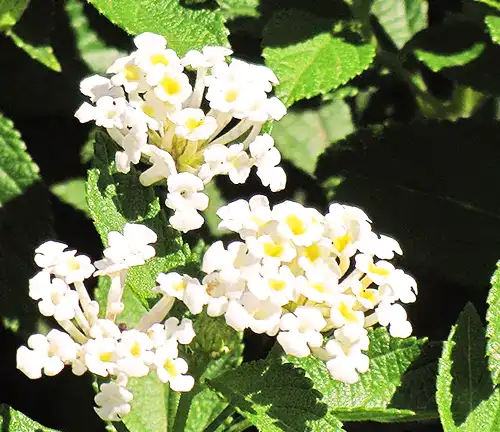

Lantana trifolia
Also known as trailing shrubverbena, this species features white or pale yellow flowers and is often used in hanging baskets and as a ground cover.
Lantana ‘Miss Huff’
A popular cultivar, ‘Miss Huff’ is known for its bright orange and pink flower clusters. It is a heat-tolerant variety.
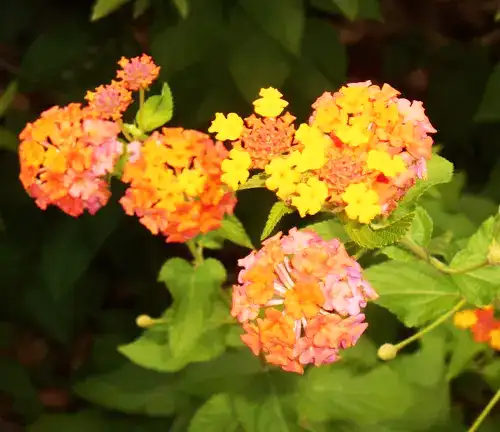

Lantana ‘New Gold’
This cultivar is prized for its golden-yellow flowers and compact growth habit, making it suitable for containers and borders.
Lantana ‘Chapel Hill Yellow’
It produces yellow to pale cream flowers and is a favorite among gardeners for its soft coloration.
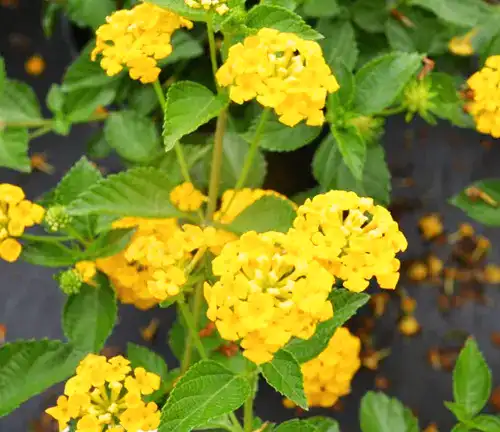
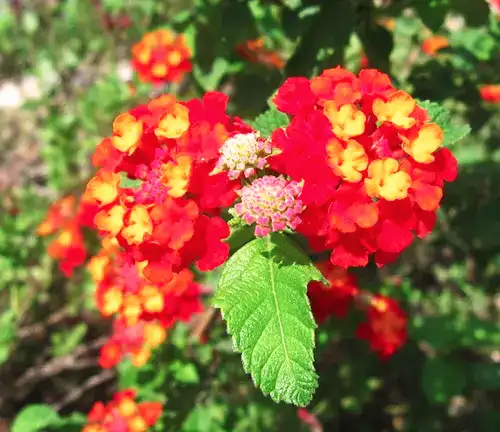
Lantana ‘Dallas Red’
As the name suggests, this cultivar displays vibrant red flower clusters and is a standout choice for those seeking bold, fiery colors in their garden.
Frequently Asked Questions (FAQs)
- What is lantana?
Lantana is a genus of flowering plants known for its colorful clusters of tubular flowers. It’s a popular choice for gardens due to its vibrant appearance and hardiness. - How do I care for lantana plants?
Lantana typically thrives in full sun with well-drained soil. Water them regularly when young, but once established, they are quite drought-tolerant. Pruning and deadheading spent flowers can encourage blooming. - Are all lantana plants the same color?
No, lantana plants come in various colors, including shades of red, orange, yellow, pink, and purple. The specific color depends on the species or cultivar. - Is lantana plant toxic to pets or humans?
Some lantana varieties can be toxic if ingested, so it’s important to be cautious when planting them in areas frequented by pets or small children. Handling with care is advisable. - Are lantana plants invasive?
Yes, some lantana species, particularly Lantana camara, are invasive in certain regions. It’s important to choose non-invasive cultivars and be aware of local regulations. - When is the best time to plant lantana?
Lantana is typically planted in the spring after the last frost date. This gives the plant the opportunity to establish itself before the heat of summer. - How do I propagate lantana?
Lantana can be propagated from stem cuttings. Take a cutting from a healthy branch, remove the lower leaves, and place it in well-draining soil or a rooting medium. - Can lantana be grown in containers?
Yes, lantana is well-suited for container gardening. Choose a large enough pot, use well-draining soil, and ensure it receives adequate sunlight. - Do lantana plants attract butterflies and hummingbirds?
Yes, lantana is a favorite among pollinators. Its colorful flowers and sweet nectar make it a magnet for butterflies and hummingbirds. - How do I overwinter lantana in cold climates?
In colder regions, lantana can be brought indoors or treated as an annual. Prune it back and store it in a cool, dark place until the next growing season.


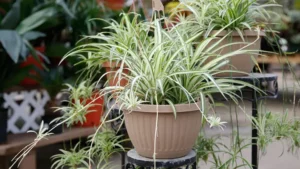



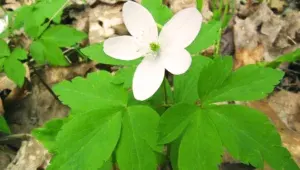
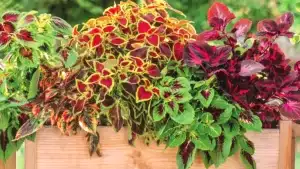
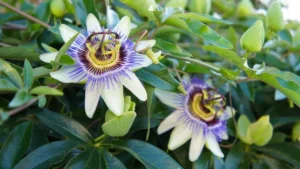
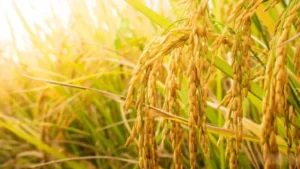


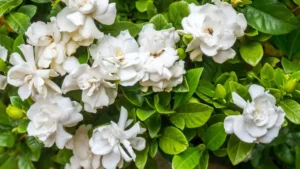

Leave your comment